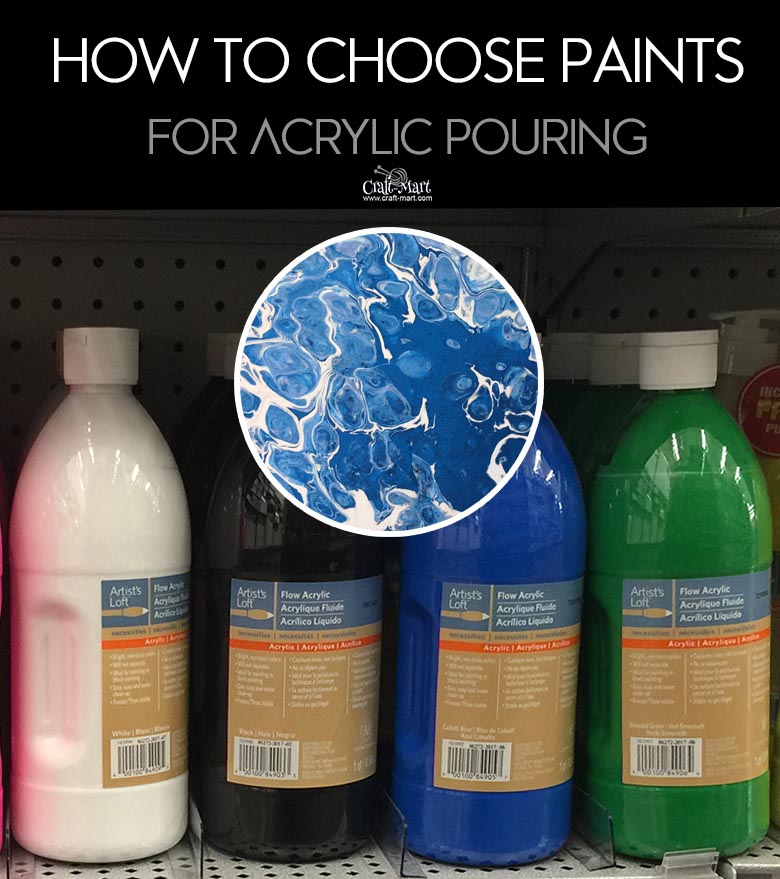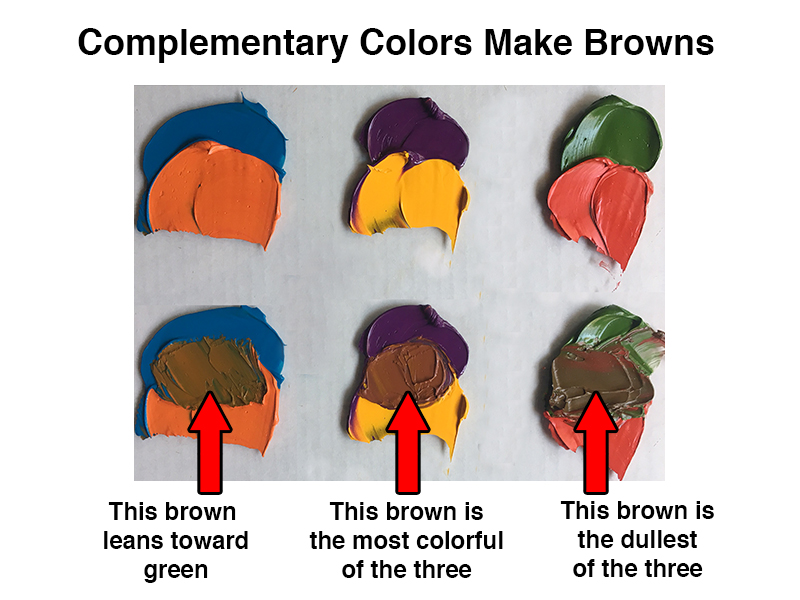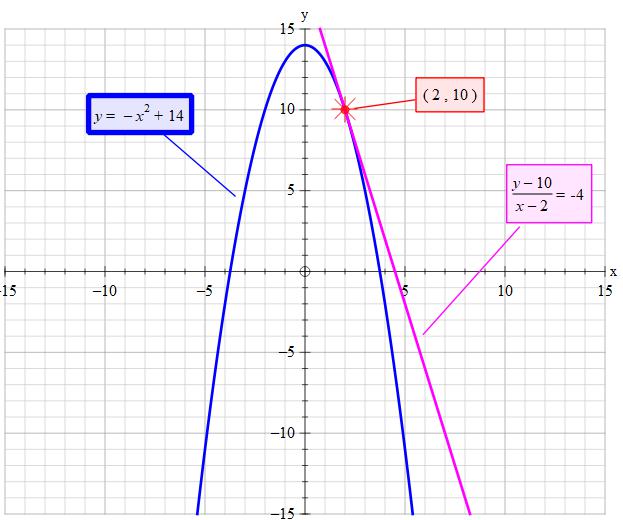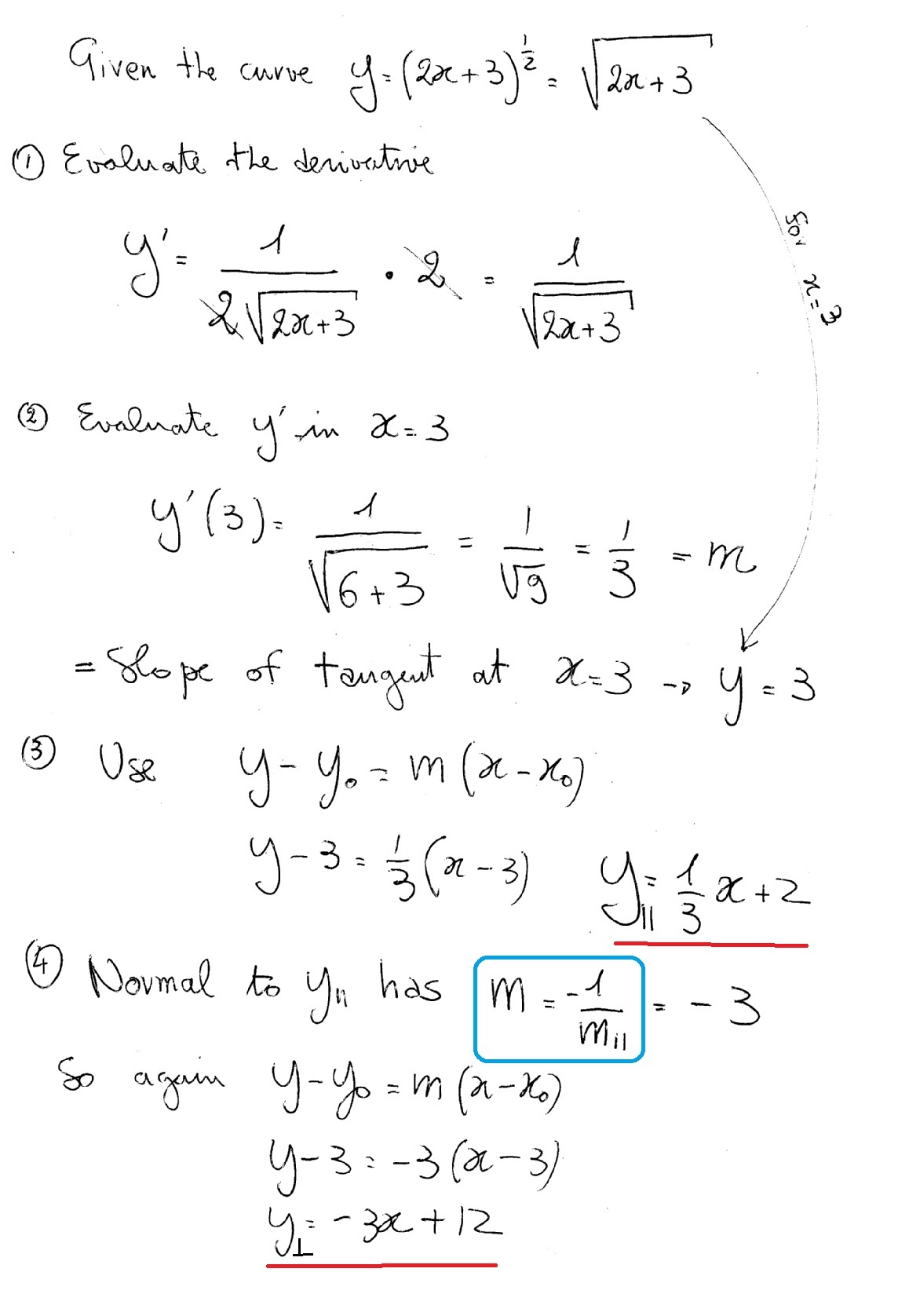Acrylic painters can modify the appearance, hardness, flexibility, texture, and other characteristics of the paint surface by using acrylic mediums or simply by adding water. Watercolor and oil painters also use various mediums, but the range of acrylic mediums is much greater. Acrylics have the ability to bond to many different surfaces, and mediums can be used to modify their binding characteristics.
In these cases, it is recommended that the surface first be sealed with an appropriate sealer. Acrylics can be applied in thin layers or washes to create effects that resemble watercolors and other water-based mediums. They can also be used to build thick layers of paint — gel and molding paste are sometimes used to create paintings with relief features. Acrylic paints are also used in hobbies such as trains, cars, houses, DIY projects, and human models. People who make such models use acrylic paint to build facial features on dolls or raised details on other types of models. Wet acrylic paint is easily removed from paintbrushes and skin with water, whereas oil paints require the use of a hydrocarbon.
If you want to waterproof your painting then you need to follow some specific instructions. You cannot just apply the varnish directly along with the acrylic paints. To apply varnish to your painting, first of all, you need to ensure that your painting is not wet in any way. A week is a maximum time an acrylic painting takes to completely dry up.
Once you are sure that your painting is dry in every way possible then only you can start with the varnishing part. The first thing that you need to do before applying varnish to your painting is to start the whole process with an isolation coat. Create a protective barrier over your acrylic paint with this product. It's ideally used as a gloss or satin topcoat for finished paintings.
How do you make acrylic paint waterproof It can also be applied to an already dry image to give it a glossy finish. High-Performance Clear GAC 500 is flexible and will not yellow or crack over time. It's perfect for use on various surfaces, including paper, canvas, wood panels, masonry, ceramic tiles, fabric, and even metal. Acrylic paint is a fast-drying paint made of pigment suspended in acrylic polymer emulsion and plasticizers, silicone oils, defoamers, stabilizers, or metal soaps. Most acrylic paints are water-based, but become water-resistant when dry. The Kamar varnish provides a protective finish for oils, acrylics, and water-based paints in addition to allowing for easy reworking.
You can use it on canvas, wood, metal, plastic, paper, glass, plaster, ceramic, and more, giving a matte finish to the surface. Depending on the condition, it may also need to be removed. Create a matte finish for your acrylic paint by applying Spray Mount Artist's Adhesive. This product is used for your finished artwork or painted surface. Once dry, it will protect your work from scratches and other damage while allowing the movement of layered material.
In addition, it has a quick drying time, so you can apply other coatings or topcoats right after spraying. If you're waterproofing an acrylic painting on canvas, you'll want to add a sealer to complete the project. Most canvases are pre-primed to hold acrylics to the surface. You can use a Gesso primer to prepare an un-primed surface.
When the primer is dry, the canvas is ready for you to create your art piece. Acrylic paint doesn't always dry in a waterproof finish, but you can try using fabric medium to seal your project. Fabric medium is a mixture of acrylic paints and solvents that changes the paint's properties. It should be applied like a wash over the surface of the fabric before painting on it, then it will help preserve the dried acrylics for longer periods of time.
After applying the first coat, you can leave a drying time of 24 hours before adding the second coat of sealant. We recommend Krylon varnish for your outdoor acrylic paint sealer for wood projects. To make acrylic paint waterproof, you will need to apply a sealer such as a varnish, for example. There are spray sealers that are the most commonly used in the art world. The sealer will protect the coat of acrylic paint from the elements. I like to either use an acrylic sealer or a varnish to seal my acrylic paints.
It is like the stain you might have used over acrylic paint or oil paint for sealing the layers, preventing them from any damage. You will need to apply this stain on your paper, paper board, or chart paper like you have applied it over acrylic or oil paints when they are totally dried out. When you are painting with poster colors, the thinner will be absorbed in no time, giving your painting a sleek glossy look that will last longer. In other words, if you don't properly finish your paint project with an outdoor acrylic paint sealer, the paint will wash off when exposed to the elements. While the paint might stick to your painting surface, if it's exposed to water before it's completely dry, the paint will wash off. This product is a high-quality, water-soluble gloss resin.
It's mainly used as an additive to increase the flexibility of acrylic paints and mediums. But you can also use it to protect your finished painting or artwork by creating a waterproof finish with only one coat. Fixatives are clear liquids made with casein or resin and something that evaporates quickly, like alcohol. This solution will add a layer of transparent protection to handle the paint freely.
Though your artwork might not become fully waterproof, it can be useful to preserve your artwork longer. You can apply it by spraying it onto a dry media artwork and stabilize the pigment or graphite on the surface of your painting. You can find it in glossy, matt, and satin finishes. I came across it while researching on how to protect my acrylic on canvas.
There is a slight twist to it, my acrylic painted is gilded with gold foil using PVA glue. Do you think a varnish spray will make any of these materials dissolve & run or lose their hold onto the canvas? Also a few details have been added using silver oil based metallic ink…. I'd be so so very grateful to have your opinion on the same. The problem I am having is that after applying the varnish my white paints are turning lavender or pinkish if I've painted over a darker color . Is there a specific type varnish I should be using?
Another difference between oil and acrylic paints is the versatility offered by acrylic paints. Acrylics are very useful in mixed media, allowing the use of pastel , charcoal and pen on top of the dried acrylic painted surface. Mixing other bodies into the acrylic is possible—sand, rice, and even pasta may be incorporated in the artwork. This versatility is also illustrated by the variety of additional artistic uses for acrylics.
Specialized acrylics have been manufactured and used for linoblock printing , face painting, airbrushing, watercolor-like techniques, and fabric screen printing. The main practical difference between most acrylics and oil paints is the inherent drying time. Oils allow for more time to blend colors and apply even glazes over underpaintings. This slow-drying aspect of oil can be seen as an advantage for certain techniques, but it impedes an artist trying to work quickly.
The fast evaporation of water from regular acrylic paint films can be slowed with the use of acrylic retarders. Retarders are generally glycol or glycerin-based additives. The addition of a retarder slows the evaporation rate of the water.
For this reason, acrylics do not lend themselves to the color lifting techniques of gum arabic-based watercolor paints. Instead, the paint is applied in layers, sometimes diluting with water or acrylic medium to allow layers underneath to partially show through. Using an acrylic medium gives the paint more of a rich and glossy appearance, whereas using water makes the paint look more like watercolor and have a matte finish. For acrylic paintings, in case of thick paint, give a couple of weeks to dry out the paints before applying the isolation coat . Once the isolation coat completely dries , proceed with another coat.
Varnish is the standard go-to for sealing painted wood surfaces. It can completely transform a wooden object's appearance, changing the color tone or adding a glossy finish. However, you can seal other surfaces with varnish too.
A number of people have reported using PVA glue as a sealant on their acrylic paints to try and provide their artwork with some protection against water. As you can imagine, once the PVA starts to peel it can pull parts of your acrylic paint off your canvas or paper too. I am new to painting and I just varnished my acrylic painting on canvas with Liquitex gloss varnish.
I followed instructions I found from different sites on how to apply. The first thin coat looked really nice after drying. So I put the second coat on going in right angles to first coat as the instructions stated. While brushing it on it seemed like it went well but upon drying it showed itself in bands the width of the brush. After letting it dry I assumed a third coat in the direction of the first would take care of it but it didn't.
I don't know what happened other than I was told that maybe I didn't allow enough drying time before re-coating. That may be the reason and I will know better next time , but is there a way to fix it? It usually takes 15–20 minutes for one to two layers of acrylic paint to dry. The rapid drying of acrylic paint tends to discourage blending of color and use of wet-in-wet technique as in oil painting. Normally, it is not recommended to use varnish directly on the painting.
In case, your varnish layer is worn off then you need to make sure to apply a new layer. This helps to bring your painting to get alive and makes its colors shine out. But, the problem comes when the varnish layer gets removed, it can also cause the acrylic paints to get removed as well. This is the main reason why you need to have an isolation layer along with the varnish to add extra strength and protection to your acrylic painting.
Once the acrylic paint dries up it loses its ability to be somewhat waterproof. Though acrylic paint is a little water-resistant and sometimes it can even withstand moisture for quite some time. But, over time exposure to water and moisture can result in the acrylic painted surface getting worn out or damaged altogether. It is the reason why you need to do something to make sure that your effort spent while doing acrylic paints lasts for the time to come.
The best way to do so is by using varnish to top off your acrylic painting to give it the ability to stay the same for an extended period. An acrylic sealer like varnish will seal acrylic paint on your plastic and protect the layer from damages. The varnish is a durable finish that you can use to protect a painted material. To apply varnish on acrylic paint means adding a protective topcoat to seal the finished painted material.
Acrylic paints may be all that hard and robust when it's dry, but a little water spill could ruin the paint on the plastic. Moreover, acrylic paints are not waterproof – they are only resistant to water to an extent because it's a polymer. So it can absorb little water, which is why you need to seal the paint. Additionally, they don't usually hold up well to severe, frequent handling, as other paints. They also work better on surfaces that are aerated like wood than plastic. Outdoor acrylic paints are not waterproof — instead they'll use terms "weather resistant" because they can't promise a waterproof paint.
Using a varnish or finish is one of the only ways to waterproof your project. However, outdoor acrylic paints have excellent UV protection, meaning the sun won't destroy your art over time. Once your acrylic painting is finished and fully dry, apply a layer of isolation coating. Follow the instructions on the bottle to mix your isolation coating with the appropriate amount of water.
You only want to apply 1 coat, but make sure that it fully covers your entire painting. It is essential that you varnish your completed acrylic paintings. The varnish will protect the painting from dust, UV rays and yellowing.
I usually stick with gloss varnish because I love the look of a glossy finish, but you may have your own preference. The acrylic paint needs to be sealed with a sealer, such as a varnish for example, to make it waterproof. Most often, spray sealers are used in the world of art. An acrylic paint coat is sealed against the elements with the sealer. In addition to sealing my acrylic paints with acrylic sealers or varnishes, I usually apply a varnish. On top of this, some hairspray formulas may causes issues with your paints and start to break them down and potentially ruin your artwork.
DoDon't✔️ Chalk Paint can be used outside.❌ Sanding should be avoided at all costs. There's no need to prep or prime the outdoor furniture as there is with Chalk Paint indoors.✔️ Removing old peeling paint or rust is a must. You can paint over these, but if you don't get rid of them, they'll begin to peel under your Chalk Paint and finally flake off, taking your beautiful new paint job with them. Your garden furniture's best defense against UV rays, fading paint color, and peeling paint caused by water loss is Chalk Paint Lacquer.✔️ Lacquer is something you can do. Garden furniture should be covered with Chalk Paint whether it will be touched often, sat on, or has a horizontal surface that will absorb water or fade under direct sunlight. Lacquer to prevent color from transferring, peeling, or fading.✔️ Two coats of lacquer are recommended.
Apply two or three thin coats of Chalk Paint Lacquer to ensure that the whole finished item is thoroughly sealed from water infiltration. It's worth noting that the curing process takes 14 days for optimum security.✔️ And sure you look up the weather forecast. If any Chalk Paint or Lacquer has not dried well until being exposed to sunlight, rain may wash it away and compromise it.✔️ Make use of bright colors. Hi Andrew, I tend to use different brushes as I often use a mineral spirit based varnish and a water based isolation coat.























































